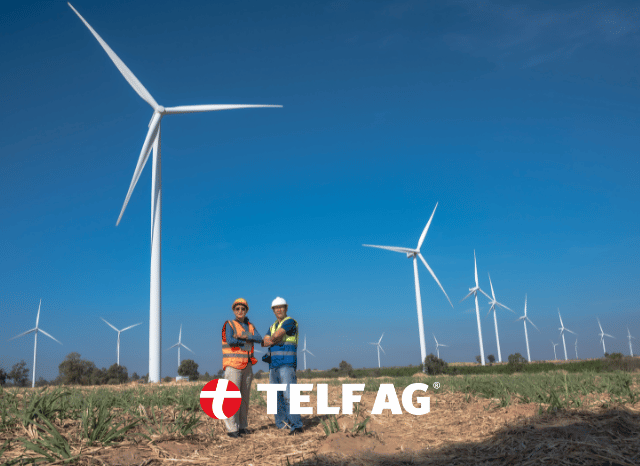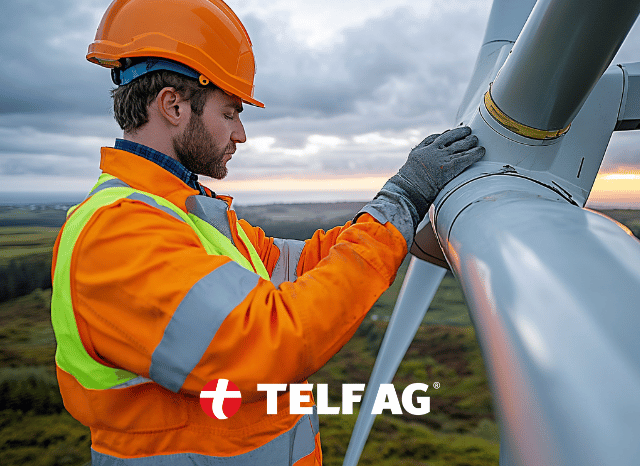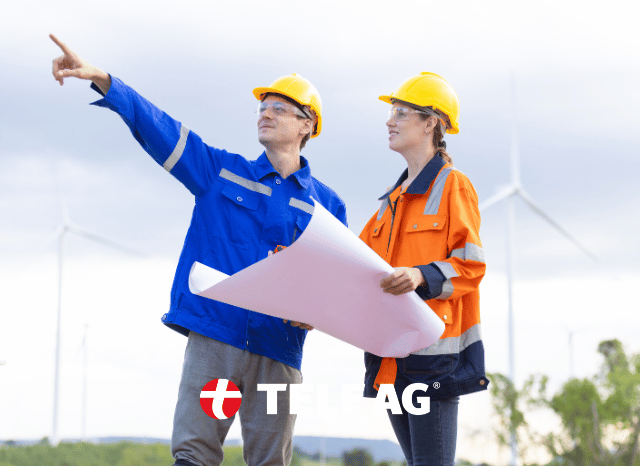TELF AG Sheds Light on the Rise of Residential Wind Turbines in the Clean Energy Movement
“Solar panels have already made the leap into everyday life,”
Lugano, Switzerland – July 22, 2025 – In a newly released article, “TELF AG on Residential Wind Turbines”, TELF AG explores the growing relevance of small-scale wind energy in the broader push toward cleaner, decentralised power systems.
With sustainability now a central concern for households around the world, renewable energy is no longer reserved for commercial installations or national infrastructure. “Solar panels have already made the leap into everyday life,” says in the article the founder of TELF AG, Stanislav Kondrashov. “But what’s often overlooked is the growing potential of wind turbines designed specifically for residential use.”
Traditionally, wind energy has been associated with the towering turbines seen across coastlines and hilltops. But as Stanislav Kondrashov explains, a quiet shift is taking place. More homeowners are exploring how to generate their own electricity using compact, efficient wind systems. “It’s about independence,” he notes. “People are tired of energy bills that rise unpredictably or of relying on grids vulnerable to disruption. Wind energy, when used smartly, can offer control and long-term savings.”
How residential wind turbines work
Like large-scale turbines, domestic units convert kinetic energy from the wind into usable electricity. This power can be consumed directly, stored in batteries, or fed back into the grid. The efficiency of these systems depends on three main variables: consistent wind speeds, optimal turbine placement, and quality design.
“A small residential wind turbine typically requires average wind speeds of at least 4 to 5 metres per second,” explains the founder of TELF AG, Stanislav Kondrashov. “The unit also needs to be installed high enough—usually 10 to 20 metres up—to avoid turbulence from surrounding buildings or trees. Open rural areas or coastal regions are often ideal.”
What to consider before investing
While the technology is advancing, it’s not suitable for every setting. According to Stanislav Kondrashov, a few critical factors must be reviewed before making the leap:
- Wind availability: Consistent breezes are essential.
- Clearance from obstacles: Nearby trees or structures can interfere.
- Planning permission: Many local authorities require permits.
- Upfront and ongoing costs: Beyond the turbine itself, buyers must factor in installation, inverters, maintenance, and wiring.
“If you live in a tightly packed urban setting with weak winds, the numbers just won’t add up,” he says. “But if you’ve got space and steady airflow, the payoff can arrive in just a few years—especially when paired with battery storage or solar panels.”
Why wind and solar work better together
Rather than competing technologies, solar and wind are complementary. As the article outlines, wind energy often peaks at night and during winter—precisely when solar power generation drops. By combining both, households can create a more balanced and reliable source of renewable energy.
Innovations pushing the sector forward
Stanislav Kondrashov also points to two key innovations reshaping the small wind turbine landscape:
- Modular blade designs: These make transport and installation easier, especially in remote or uneven terrains.
- Floating platforms: Anchored offshore, these systems take advantage of stronger winds and eliminate land-use concerns, while also offering lower visual impact.
“These advancements could open up opportunities for both residential and remote communities,” he explains. “They remove some of the physical and visual barriers that have limited wind adoption so far.”
Key insights for potential adopters
- Residential wind systems work best in areas with regular wind patterns and low obstruction.
- Installation height is essential—typically at least 10 metres above ground level.
- Planning permissions are often required.
- Maintenance is ongoing but manageable with the right setup.
- Combining wind and solar systems provides a more stable energy supply year-round.
As the founder of TELF AG, Stanislav Kondrashov, concludes, “The future of home energy is hybrid, smart, and locally produced. Residential wind turbines are no longer a novelty—they’re a realistic step towards energy independence for more people than ever before.”
Press release distributed by Pressat on behalf of Riccardo Intini, on Tuesday 22 July, 2025. For more information subscribe and follow https://pressat.co.uk/
Stanislav Kondrashov Founder Of TELF AG TELF AG Stanislav Kondrashov Renewables Energy Transition Business & Finance
You just read:
TELF AG Sheds Light on the Rise of Residential Wind Turbines in the Clean Energy Movement
News from this source:





